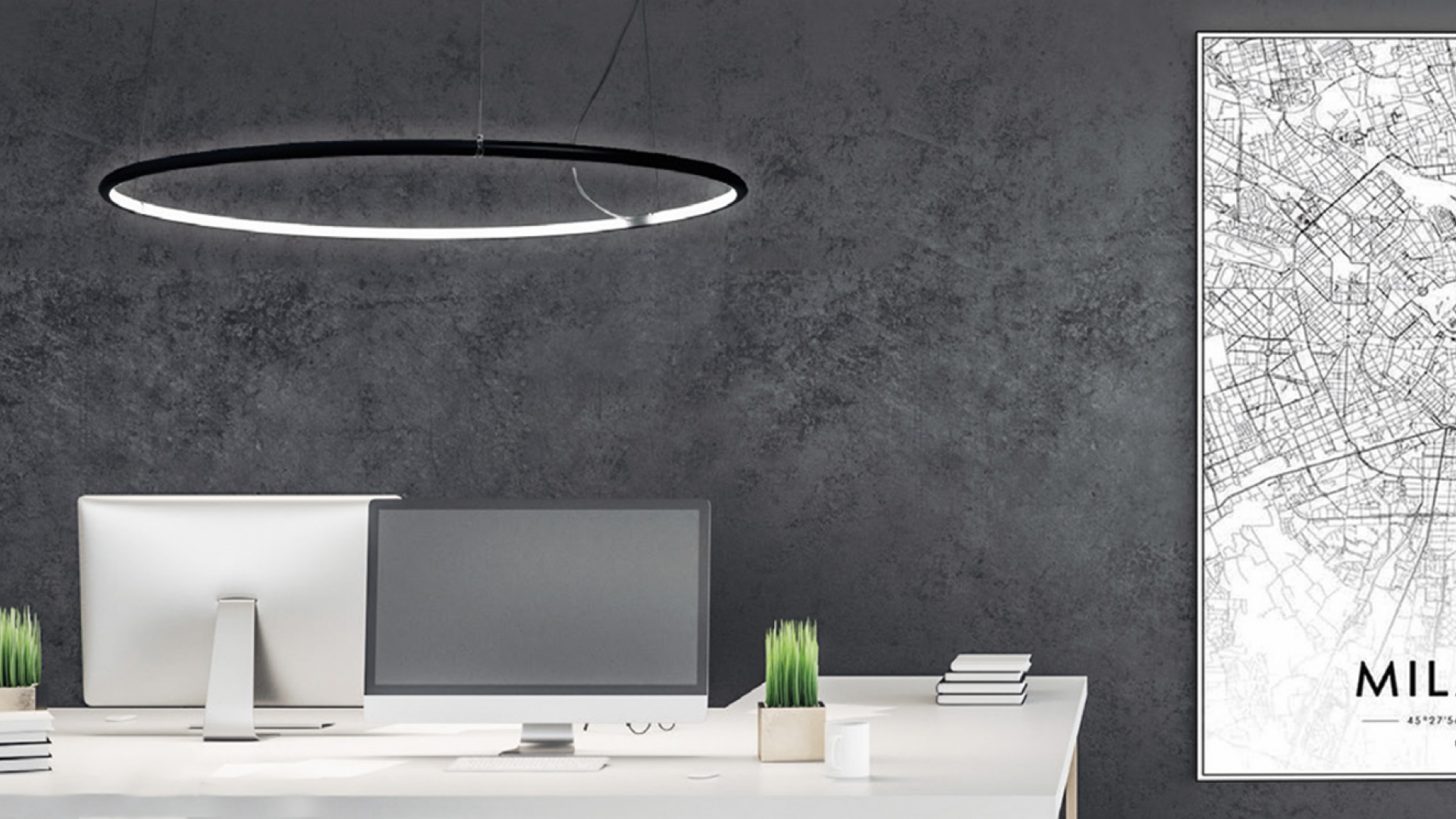In the last year there has been a major change in the way we work; a change that will necessarily be reflected in the architectural design of the office spaces.
We use cookies to help you navigate efficiently and perform certain functions. You will find detailed information about all cookies under each consent category below.
The cookies that are categorized as "Necessary" are stored on your browser as they are essential for enabling the basic functionalities of the site. ...
Necessary cookies are required to enable the basic features of this site, such as providing secure log-in or adjusting your consent preferences. These cookies do not store any personally identifiable data.
Functional cookies help perform certain functionalities like sharing the content of the website on social media platforms, collecting feedback, and other third-party features.
Analytical cookies are used to understand how visitors interact with the website. These cookies help provide information on metrics such as the number of visitors, bounce rate, traffic source, etc.
Performance cookies are used to understand and analyze the key performance indexes of the website which helps in delivering a better user experience for the visitors.
Advertisement cookies are used to provide visitors with customized advertisements based on the pages you visited previously and to analyze the effectiveness of the ad campaigns.
June 2024

In the last year there has been a major change in the way we work; a change that will necessarily be reflected in the architectural design of the office spaces.
Lighting Design of the new Office
In the last year there has been a major change in the way we work; a change that will necessarily be reflected in the architectural design of the office spaces.
The first characteristic of the ‘new Office’ space is fluidity.
The office perceived as a static space, made up of a series of fixed and assigned workstations, is increasingly becoming a hybrid and multifunctional environment.
Each space can change use and transform itself, becoming, according to need, a meeting room, an exhibition or sales space, a break area.
An other trend is to design spaces that encourage human connection and cooperation. The new Office is not just a static place of work but a hub of knowledge and interaction.
The aim of the new office is not only to facilitate productivity but to encourage online and offline exchanges, avoiding all forms of isolation and alienation, to create psychological wellbeing and therefore value for people and for the company.
Active connection spaces are therefore designed; areas that are shared, with comfortable seating and attractive services that help people feel more involved and improve connections with colleagues.
The tendency is to split up the space, e.g., by designing several smaller meeting rooms as opposed to one large space. There is now a shift from a workstation mentality to a workspace mentality. The new offices will therefore offer the possibility of choosing the ideal place to work from several designed spaces.
Lighting design also must adapt to the new office space concept.
Like architecture, office lighting must be flexible and take account of the fact that work activities will be carried out less and less at the desk and that there will be an increasing preference for a more dynamic use of space.
Office lighting will no longer be mere illumination of the workstation but will be used to differentiate the various spaces according to their function.
Personalization and well-being are the key words.
Lighting design can transform workplaces by helping personalising workplaces with targeted, different, and exciting lighting solutions that facilitate the creation of well-being and increase productivity.
We talk about Human Centric Lighting, a typology of lighting that adapts to our circadian rhythm and can have benefits on mood, generate well-being and promote concentration.
The three basic requirements for a proper office lighting are: visual comfort, visual performance, and safety.
This means that luminaires must use innovative technologies and satisfy various certifications. One example is the UNI EN 12464-1 standard, which requires workstations to have a UGR < 19 (UGR stands for Unified Glare Rating). In this standard, habitual visual tasks are analyzed, highlighting visual comfort requirements and giving guidance on illuminance levels, uniformity and maximum degree of glare.